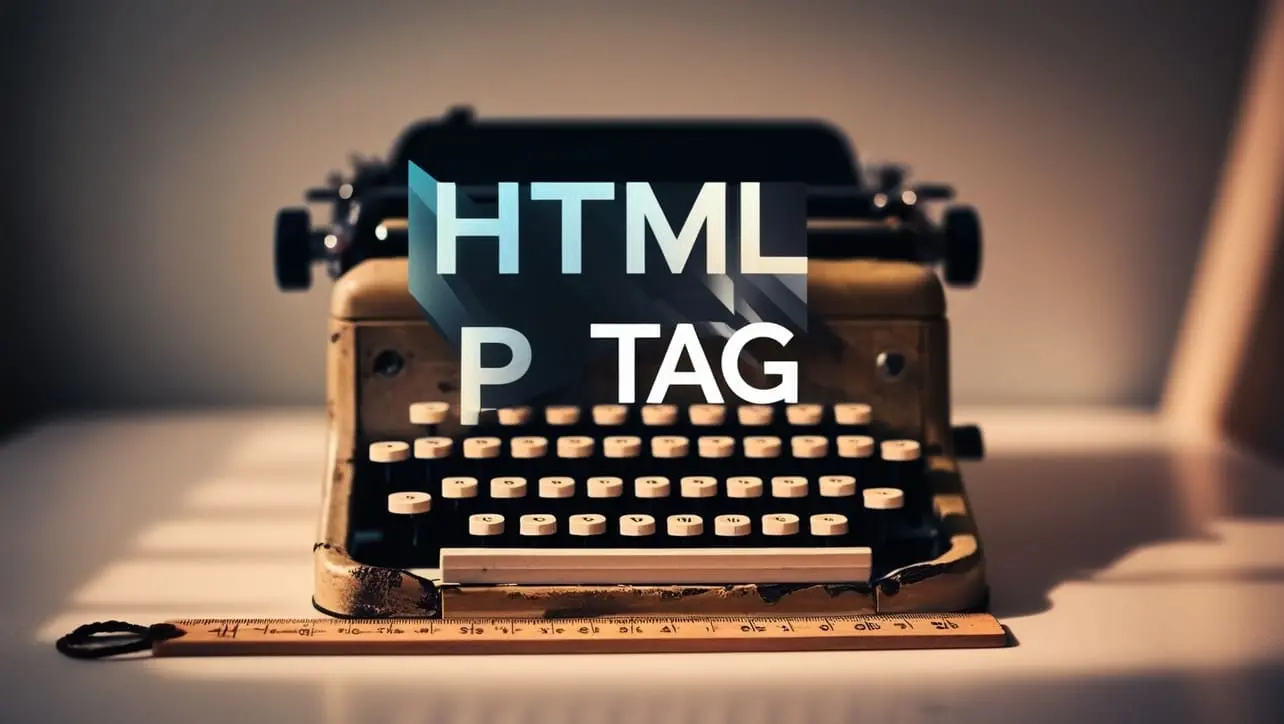
HTML Topics
- HTML Intro
- HTML Basic
- HTML Editors
- HTML CSS
- HTML Tags
- <!--...-->
- <!DOCTYPE>
- <a>
- <abbr>
- <address>
- <area>
- <article>
- <aside>
- <audio>
- <b>
- <base>
- <bdi>
- <bdo>
- <bgsound>
- <blink>
- <blockquote>
- <body>
- <br>
- <button>
- <canvas>
- <caption>
- <cite>
- <code>
- <col>
- <colgroup>
- <data>
- <datalist>
- <dd>
- <del>
- <details>
- <dfn>
- <dialog>
- <div>
- <dl>
- <dt>
- <em>
- <embed>
- <fieldset>
- <figcaption>
- <figure>
- <footer>
- <form>
- <h1> to <h6>
- <head>
- <header>
- <hgroup>
- <hr>
- <html>
- <i>
- <iframe>
- <img>
- <input>
- <ins>
- <kbd>
- <label>
- <legend>
- <li>
- <link>
- <main>
- <map>
- <mark>
- <menu>
- <meta>
- <meter>
- <nav>
- <noscript>
- <object>
- <ol>
- <optgroup>
- <option>
- <output>
- <p>
- <param>
- <picture>
- <pre>
- <progress>
- <q>
- <rp>
- <rt>
- <ruby>
- <s>
- <samp>
- <script>
- <search>
- <section>
- <select>
- <small>
- <source>
- <span>
- <strong>
- <style>
- <sub>
- <summary>
- <sup>
- <svg>
- <table>
- <tbody>
- <td>
- <template>
- <textarea>
- <tfoot>
- <th>
- <thead>
- <time>
- <title>
- <tr>
- <track>
- <u>
- <ul>
- <var>
- <video>
- <wbr>
- HTML Deprecated Tags
- HTML Events
- HTML Event Attributes
- HTML Global Attributes
- HTML Attributes
- HTML Comments
- HTML Entity
- HTML Head
- HTML Form
- HTML IndexedDB
- HTML Drag & Drop
- HTML Geolocation
- HTML Canvas
- HTML Status Code
- HTML Language Code
- HTML Country Code
- HTML Charset
- MIME Types
HTML p Tag

Photo Credit to CodeToFun
🙋 Introduction
In the realm of HTML, the <p> tag stands out as a fundamental element for structuring textual content on the web.
This comprehensive guide will delve into the intricacies of the HTML paragraph tag and how it plays a pivotal role in creating well-organized and readable content.
🤔 What is <p> Tag?
The <p> tag is an essential HTML element used to define paragraphs of text. It provides a simple yet effective way to structure content, making it easy for both developers and browsers to understand and render text in a well-organized manner.
💡 Syntax
Using the <p> tag is straightforward. Simply enclose your text within the opening <p> and closing </p> tags.
<p>Your paragraph text goes here.</p>🧰 Attributes
While the <p> tag doesn't have many attributes, it does support the class and style attributes for styling purposes.
<p class="highlight" style="font-size: 16px;">Your Styled Paragraph Here</p>📚 Common Use Cases
Single Paragraph:
The primary purpose of the
<p>tag is to define a single paragraph of text within your HTML document.single-paragraph.htmlCopied<p>This is a simple paragraph of text.</p>Multiple Paragraphs:
You can use multiple
<p>tags to structure different paragraphs, aiding in the organization of your content.multiple-paragraphs.htmlCopied<p>First paragraph.</p> <p>Second paragraph.</p>Styling Text:
Apply styles to your paragraphs using CSS to enhance the visual presentation of your content.
styling-text.htmlCopied<p class="important-text">This paragraph is styled for emphasis.</p>
🖥️ Browser Support
Understanding the compatibility of the <p> tag across different browsers is essential for delivering a consistent user experience. Here's an overview of its support:
- Google Chrome: Fully supported.
- Mozilla Firefox: Fully supported.
- Microsoft Edge: Fully supported.
- Safari: Fully supported.
- Opera: Fully supported.
- Internet Explorer: Fully supported.
🏆 Best Practices
- Use the
<p>tag to structure your text logically, creating readable content. - Combine with other HTML tags to add emphasis or structure within paragraphs.
- Apply consistent styling across paragraphs for a cohesive design.
🎉 Conclusion
The <p> tag is a cornerstone of HTML, enabling developers to create well-structured and visually appealing textual content. Utilize it effectively to convey information in a clear and organized manner, enhancing the overall user experience on your website.
👨💻 Join our Community:
Author

For over eight years, I worked as a full-stack web developer. Now, I have chosen my profession as a full-time blogger at codetofun.com.
Buy me a coffee to make codetofun.com free for everyone.
Buy me a Coffee












If you have any doubts regarding this article (HTML p Tag), please comment here. I will help you immediately.